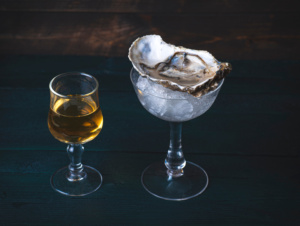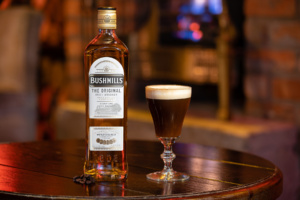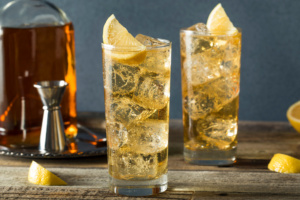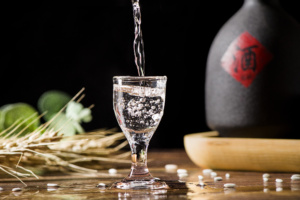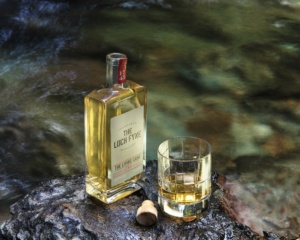What Are The Different Whisky Cask Sizes?
There are four types of cask that you will hear most commonly used on The Whisky Shop website: barrel, hogshead, butt and puncheon.
Barrel
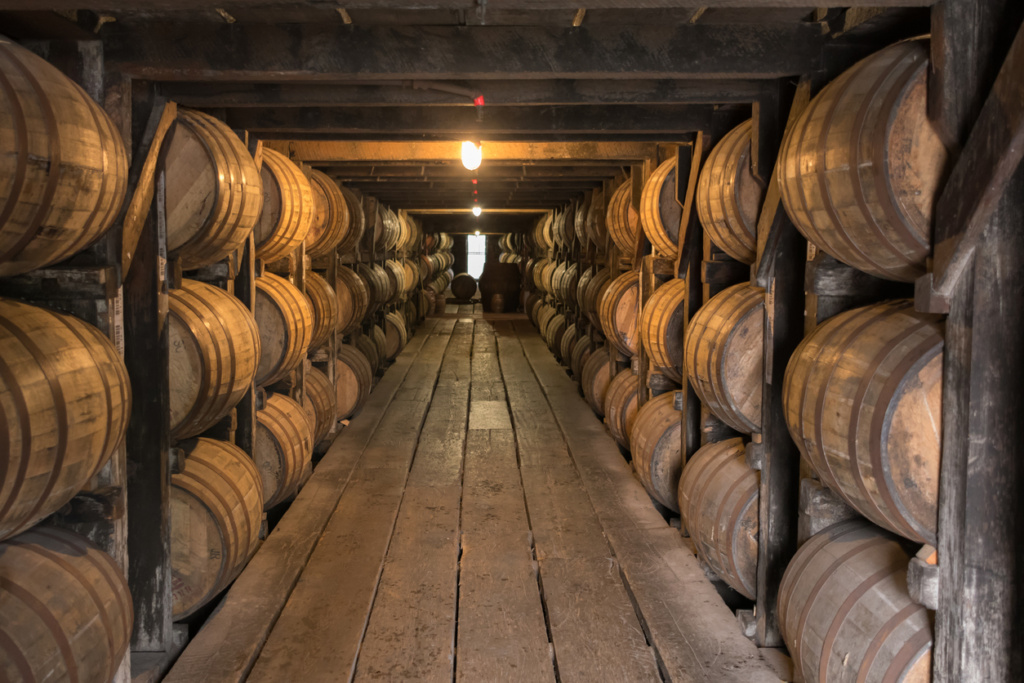
The American Standard Barrel (ASB) holds approximately 200 litres on average (with a yield of about 285 bottles), and is most commonly used in bourbon production. By law, barrels used for bourbon maturation must be brand new, and made from charred American white oak. As they are only able to use them once, these barrels are abundant in the Scotch whisky world - imparting flavours like vanilla and caramel on the liquid.
Hogshead
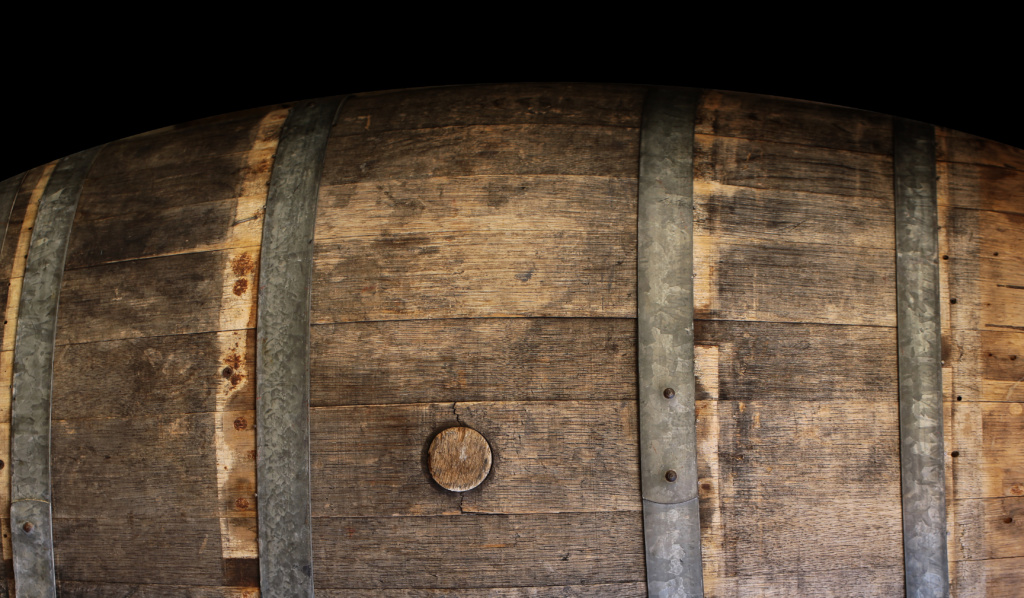
Hogshead casks are the second-most common type of cask used in Scotch aging, and are slightly bigger than barrels - holding 225-250 litres. This translates to around 375 bottles of whisky. They are often made from staves originally taken from bourbon barrels, with new oak ends, and their bigger size makes them more well suited for longer maturation times. You'll see the term Sherry hogsheads used quite a bit, as these casks have more often than not held Sherry before being used in whisky aging. Sherry casks lend flavours of dried fruit, mixed spices, chocolate and nuts.
Butt
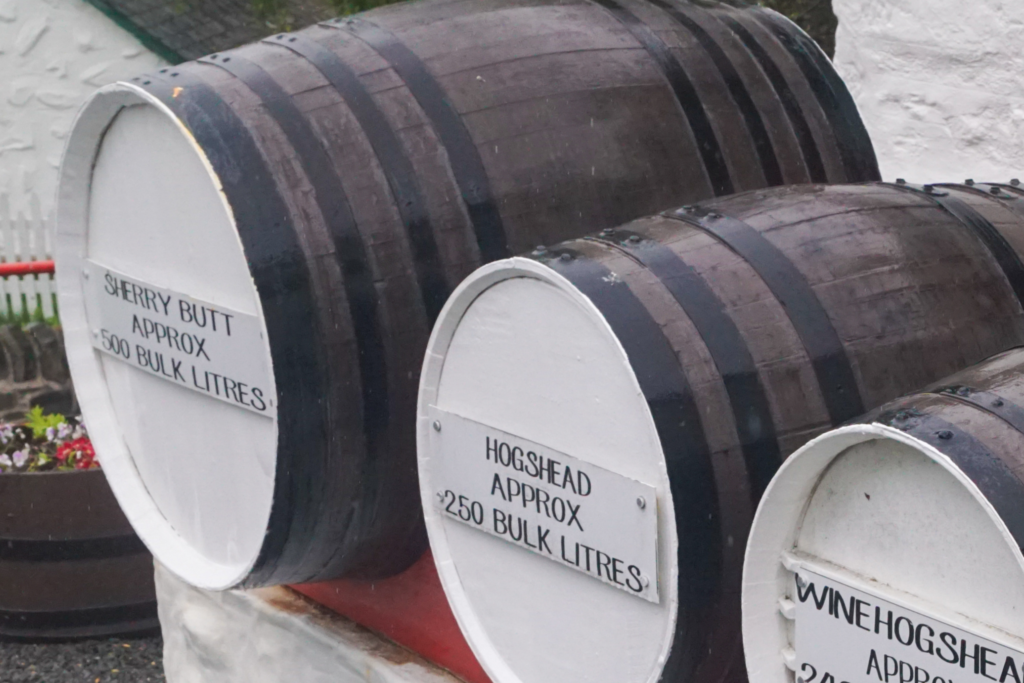
Butts come up even larger, at 475-500 litres - that's about 700 standard bottles! They are generally longer and slightly less wide, yet double the amount of a hogshead cask. Butts are the most common casks used in the sherry industry, and consequentially, are usually made from Spanish oak.
Puncheon
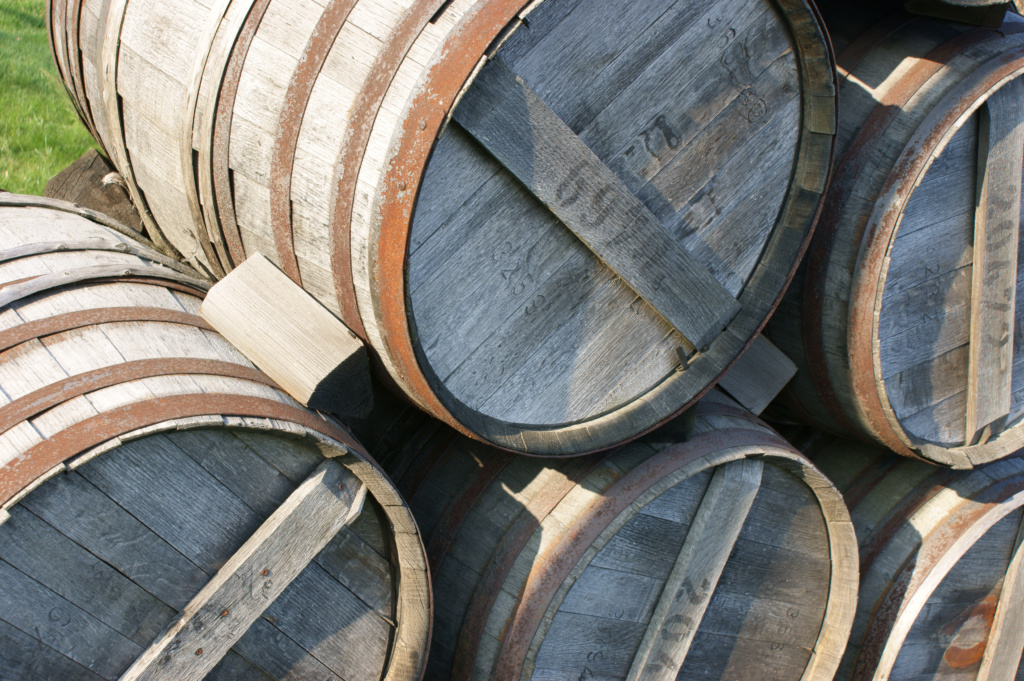
A puncheon is the most varied cask, for it can be used to age sherry and rum - and whisky, of course - and ranges in size from 500-700 litres. Regardless of this, it's the biggest size cask out there. Although sherry puncheons tend to be bigger than rum puncheons. They tend to be shorter and wider than butts, too.
Other
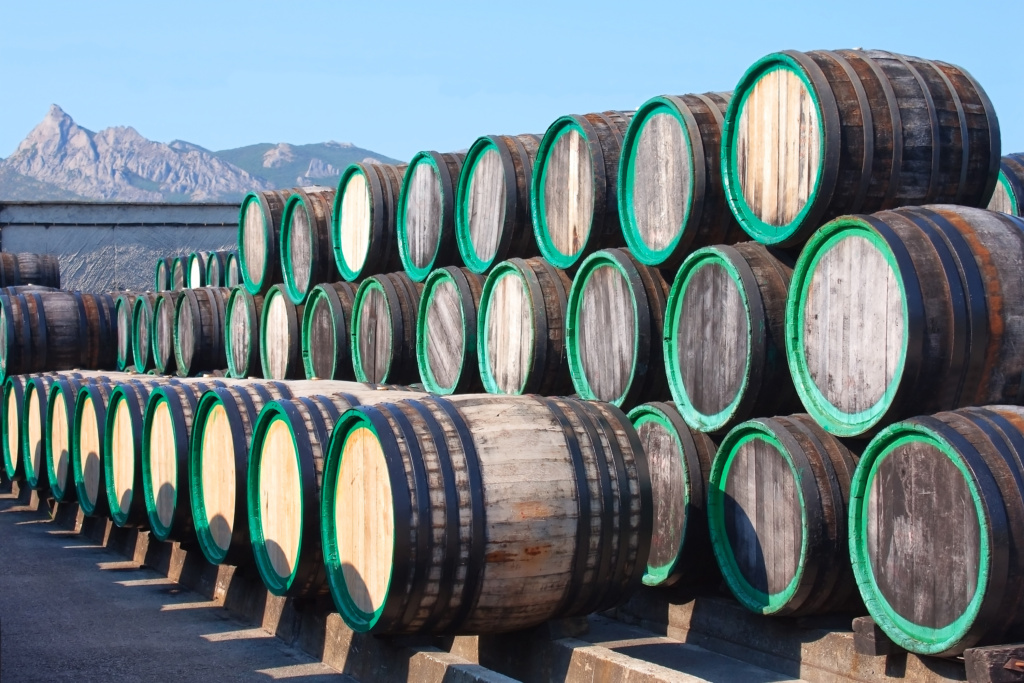
There are other, rarer types of cask that are often used to 'finish' whisky for a number of months or years before bottling. This gives the liquid an extra flourish of flavour. Madeira drums hold between 600-650 litres of liquid and yield 800-900 bottles of whisky. They are made from French oak, and are used for maturing Madeira wine. Port Pipes are used to mature port wine, and hold about 600 litres of the stuff. Also hailing from the wine industry, the Barrique is like a larger hogshead with the long shape of a butt - holding around 250 litres. An Octave is a a quarter of the size of a barrel, offering up only 50 litres worth of space. These are reserved for special finishes as they offer high contact between the wood and the spirit. You'll find octave casks used for special single cask bottlings.
FAQ
- How does the size of the cask affect the flavour profile of the whisky during maturation? The size of the cask influences the flavour profile of the whisky during maturation primarily through the surface area-to-volume ratio. Smaller casks, such as barrels and hogsheads, have a higher ratio of wood surface area to whisky volume, leading to more interaction between the whisky and the wood. This results in faster extraction of flavors from the wood, including vanillin, caramel, and other compounds, which contribute to the whisky's flavor profile. Conversely, larger casks like butts and puncheons have a lower surface area-to-volume ratio, resulting in slower flavour extraction and a more subdued influence of wood-derived flavours on the whisky.
- Are there any regulations or standards regarding the use of different cask sizes in whisky production? Bourbon production in the United States typically mandates the use of standard-sized barrels made from charred American white oak. In Scotland, the use of various cask sizes, including barrels, hogsheads, butts, and puncheons, has become customary based on historical availability and the desired flavor outcomes. However, distillers have flexibility in choosing cask sizes based on their preferences and desired maturation characteristics.
- How does aging in rarer cask types like Madeira drums, Port Pipes, Barriques, and Octaves influence the flavour of the whisky? Whiskies aged in rarer cask types often exhibit unique flavour profiles influenced by the specific characteristics of the cask. For example, whiskies aged in Madeira drums may acquire notes of caramelized sugar, dried fruits, and nuttiness from the fortified wine, imparting a rich and complex flavour profile. Port Pipe-aged whiskies may showcase fruity flavours, including berries and plums, along with subtle sweetness and tannins from the port wine. Barrique-aged whiskies, typically used in wine maturation, may develop nuances of wine grapes, oak spice, and subtle acidity, adding layers of complexity to the whisky. Octave-aged whiskies, being smaller casks, allow for intense wood interaction, resulting in accelerated maturation and pronounced wood-derived flavours such as oak, vanilla, and spice.
 4.7/5 with 10,000+ reviews
4.7/5 with 10,000+ reviews
